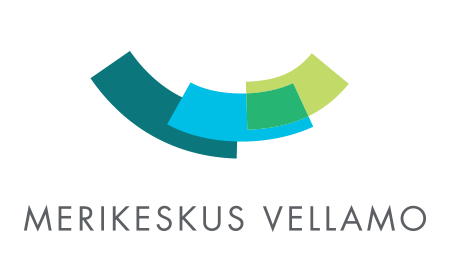Untamed nature and man-made cultural landscapes depicted by renowned Finnish artists. This exhibition assembled from the collections of the Ateneum Art Museum presents works by artists such as Akseli Gallen-Kallela, Fanny Churberg, Hugo Simberg, Pekka Halonen, Venny Soldan-Brofeldt and Magnus von Wright.
The Wonderland exhibition examines how Finnish artists have depicted their national landscapes and conveyed the various sentiments they carry. The works in the exhibition date from the mid-19th century to the 1940s. Some of them portray untouched natural landscapes while others focus on cultural environments where human work has left its mark.
Landscapes became a popular theme of art partly because of the desire to raise awareness of the existence of Finland as a country but also to spark patriotism. Extensive forest and lake sceneries depicted from the birds-eye view were ideal for this purpose as they highlight the uplifting cohesion between man and nature.
From the 19th century onwards, urban life and factory communities also became popular concepts of art. Especially the wood processing industry with its factory, floating and dock scenes was a popular subject, but images of modern life with paved streets and lyrical smokestacks were also common.
Landscape experiences are particularly powerful because they involve many emotional dimensions. Landscapes and nature experiences can evoke love for our home region and touch most of us. Views from the past transport us back to times and places that no longer exist but continue to live in our hearts.
Join us for some truly unforgettable landscape experiences!
The works from the Wonderland exhibition showcased at Maritime Centre Vellamo are from the collections of the Ateneum Art Museum. Ateneum is part of the Finnish National Gallery, which maintains and builds an art collection owned by the state of Finland. The collection helps shape and examine Finnish history and art history.
Venny Soldan-Brofeldt: Archipelago View, 1900. Photo: The Finnish National Gallery/Jukka Romu.
